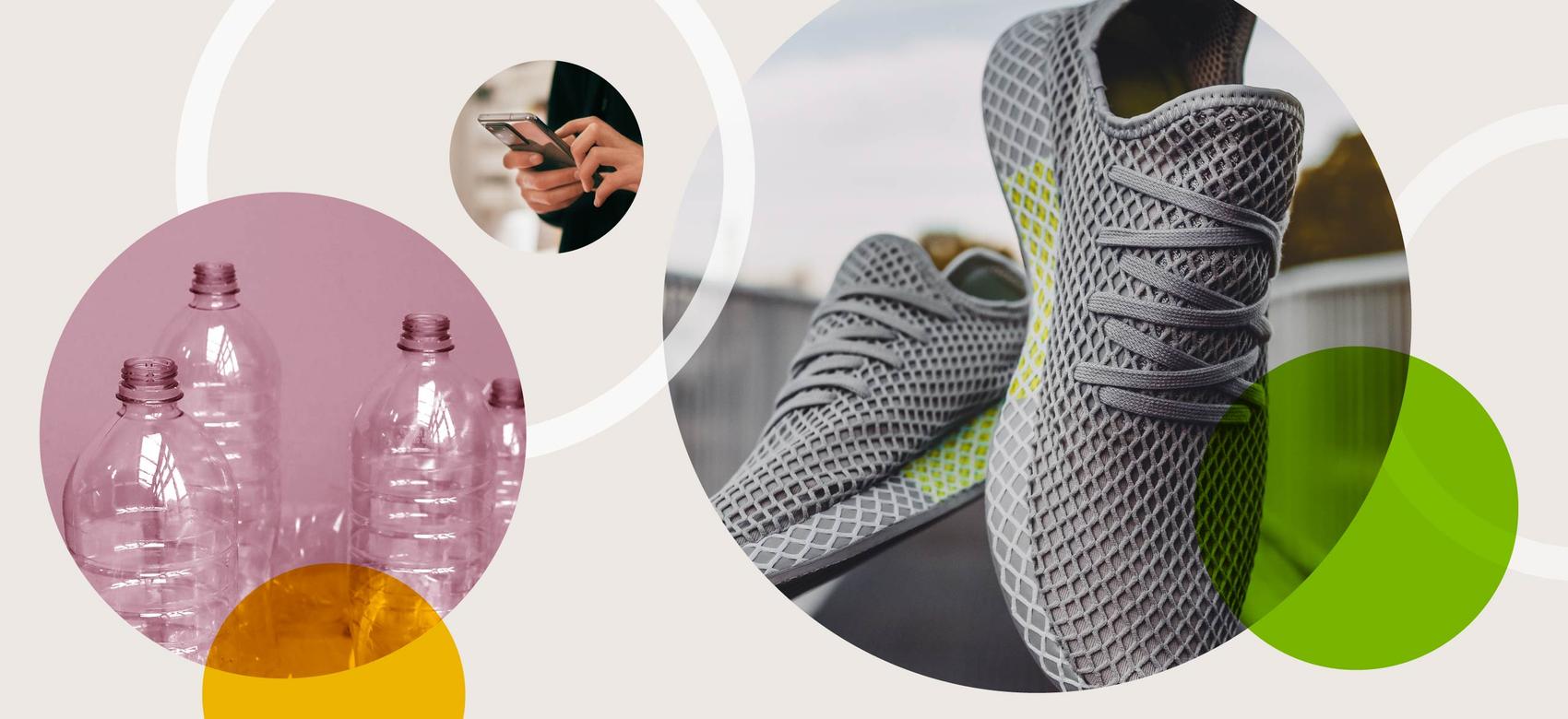What is the circular economy?
By Carolyn Ali

The answer is key to a more sustainable future
David J. Hardisty, Associate Professor of Marketing and Behavioural Science at UBC’s Sauder School of Business, explains the economic concept that’s tied to reducing, reusing and recycling.
“Essentially, the circular economy means that instead of putting waste in the ground, we use waste to create new things,” says Dr. Hardisty. “After a consumer has used something, you use it again for something else.”
The circular economy is a broad term that’s best defined in opposition to the linear economy, which is the traditional norm for production and consumption.
“With the linear economy, we pull resources out of the ground, use them to make a thing, use that thing, throw it into the garbage, and that goes to the landfill,” explains Dr. Hardisty. “That’s the old way of doing business and it’s not sustainable.”
The circular economy is tied closely to reducing, reusing and recycling.
“It can refer to a lot of different things,” Dr. Hardisty notes. “Giving something to a friend when you’re done with it instead of throwing it out. Bringing your old phone back to the company to turn it into a refurbished phone. Composting waste that can result in growing food.” Repairing products and refurbishing old products also contribute to the circular economy.
Recycled soda cans are a good example of the circular economy in action: aluminum can be repeatedly and cost-efficiently recycled into new cans.
But the link between recycled products doesn’t need to be that direct. “It could be recycling bottles and making shoes and sweaters out of it.”
There are challenges to achieving a fully circular economy. The recycling process is far from perfect. Much post-consumer waste, such as plastics, cannot be recycled or can only be downcycled, resulting in products of lesser quality. (There’s only so many times we can recycle paper, for example.)
“Taking post-consumer stuff and turning it into a new thing requires energy and resources,” he adds. “It’s often more expensive and thus less profitable for companies.” But while an entirely circular economy is the ideal, Hardisty says every bit counts. “The more circular we can be, the better.”
Learn more about how the circular economy can help reduce ocean pollution.
Carolyn Ali is a writer for UBC Brand and Marketing. This article was published on November 18, 2021. Feel free to republish the text of this article, but please follow our guidelines for attribution and seek any necessary permissions before doing so. Please note that images are not included in this blanket licence.


